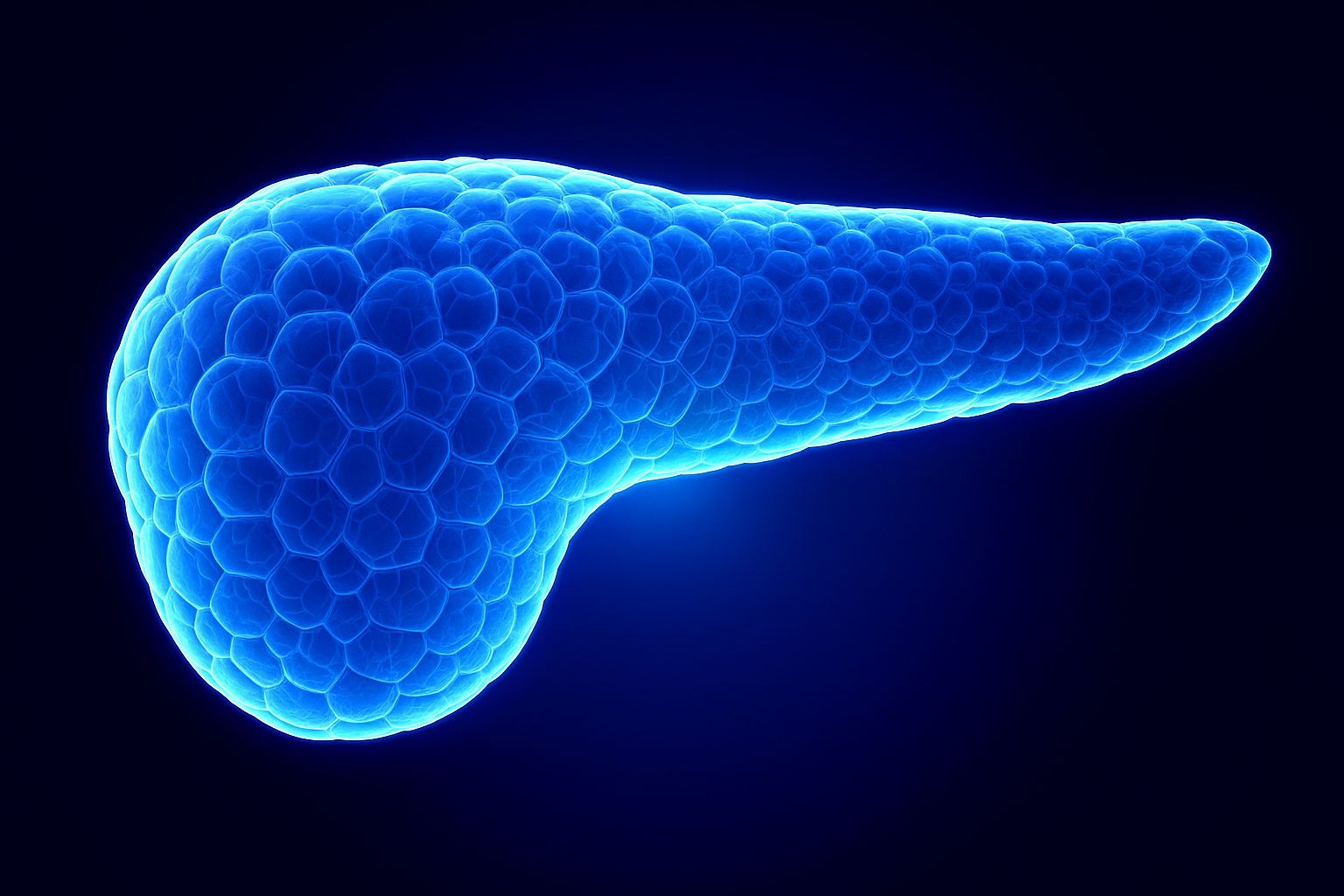Roughly 90% of people who have obesity or are overweight have type 2 diabetes.
One in three adults have diabetes — and since roughly 90 percent of people with obesity or who are overweight have type 2 diabetes, increased awareness of the risk of this epidemic-level disease is critically important.
The link between diabetes and obesity is well-established, and the risk factors for “diabesity” pose serious health concerns to patients, including hypertension, dyslipidemia, heart disease and stroke. Unfortunately, many patients do not recognize the signs or symptoms of diabetes and remain undiagnosed, leading to greater health risks.
Areas of Innovation in Current Research
Recent advances in research offer new insights into various genetic, environmental and behavioral influences related to diabetes in various populations.
- The enzyme dihydroceramide desaturase 1 (DES1), which is involved in ceramide production, contributes to insulin resistance and fatty liver disease. In animal studies, removal of DES1 improved glucose and lipid metabolism, suggesting that inhibiting DES1 could potentially be a treatment for fatty liver disease, diabetes and other metabolic disorders.1
- A pilot study testing the effects of differing doses of orally administered bisphenol A on glucose metabolism found that that certain doses lowered glucose, insulin and C-peptide concentrations in non-obese adults.2 Continued research is needed to determine generalizability to different weight classifications.
- A study funded by Diabetes Action is attempting to understand how branched-chain amino acids — essential amino acids that we can’t make in our bodies — contribute to insulin resistance and excessively high glucose levels and their link to obesity.
- Baker and colleagues expanded their investigation on hybrid insulin peptides (HIPs) and report that they observed HIP-reactive T cells in the peripheral blood of patients who were new onset of type 1 diabetes. Their findings support further research for investigating how HIP-reactive T cells may act as biomarkers of the disease and potentially provide a route for intervention.3
What Can Patients Do Now?
While these studies offer promise for future diagnosis and treatment, they are in their early stages and require continued follow-up to validate their findings. In the meantime, the tried and true recommendation of weight loss remains the most prudent course of action for patients, and is also an option that remains in their control. Although a sensitive topic for both physicians and patients, the continued rise in cases of obesity and diabetes more than warrants the difficult conversation.
Weight loss can be difficult but the use of a Very Low Calorie Diet (VLCD) or Low Calorie Diet (LCD) provides physical and psychological benefits to improve health and quality of life. Research on VLCDs has increased notably since the Look AHEAD (Action for Health in Diabetes) and Diabetes Remission Clinical Trial (DiRECT) studies presented the benefits of weight loss from VLCDs for people with obesity and diabetes. Meal replacement products as part of a comprehensive program that incorporates other lifestyle interventions can lead to significant changes in weight loss, improvements to lipids and glucose biomarkers and blood pressure, and reduced need for diabetes medication.
Different patients need different solutions, and medically-supervised VLCDs provide convenience and results to patients, and value-added care and an improved patient experience for providers.
Sources:
- Targeting a Ceramide Double Bond Improves Insulin Resistance and Hepatic Steatosis
- Pilot Study on the Effect of Orally Administered Bisphenol A on Glucose and Insulin Response in Nonobese Adults
- Hybrid Insulin Peptides are Autoantigens in Type 1 Diabetes
About the Author: Dr. Andrea Pampaloni has over 20 years of communication experience across corporate, academic, nonprofit and government sectors. She provides research and writing services on a range of business issues and industry-specific topics to prepare white papers, articles, proposals, presentations, technical content, and speaking points, as well as marketing-communications content such as blogs, website content, newsletters, news releases and award submissions. Dr. Pampaloni’s research findings have been presented at national and international conferences and published in peer-reviewed journals, and she is a ghostwriter for three books, a Forbes article, and several corporate blogs.




